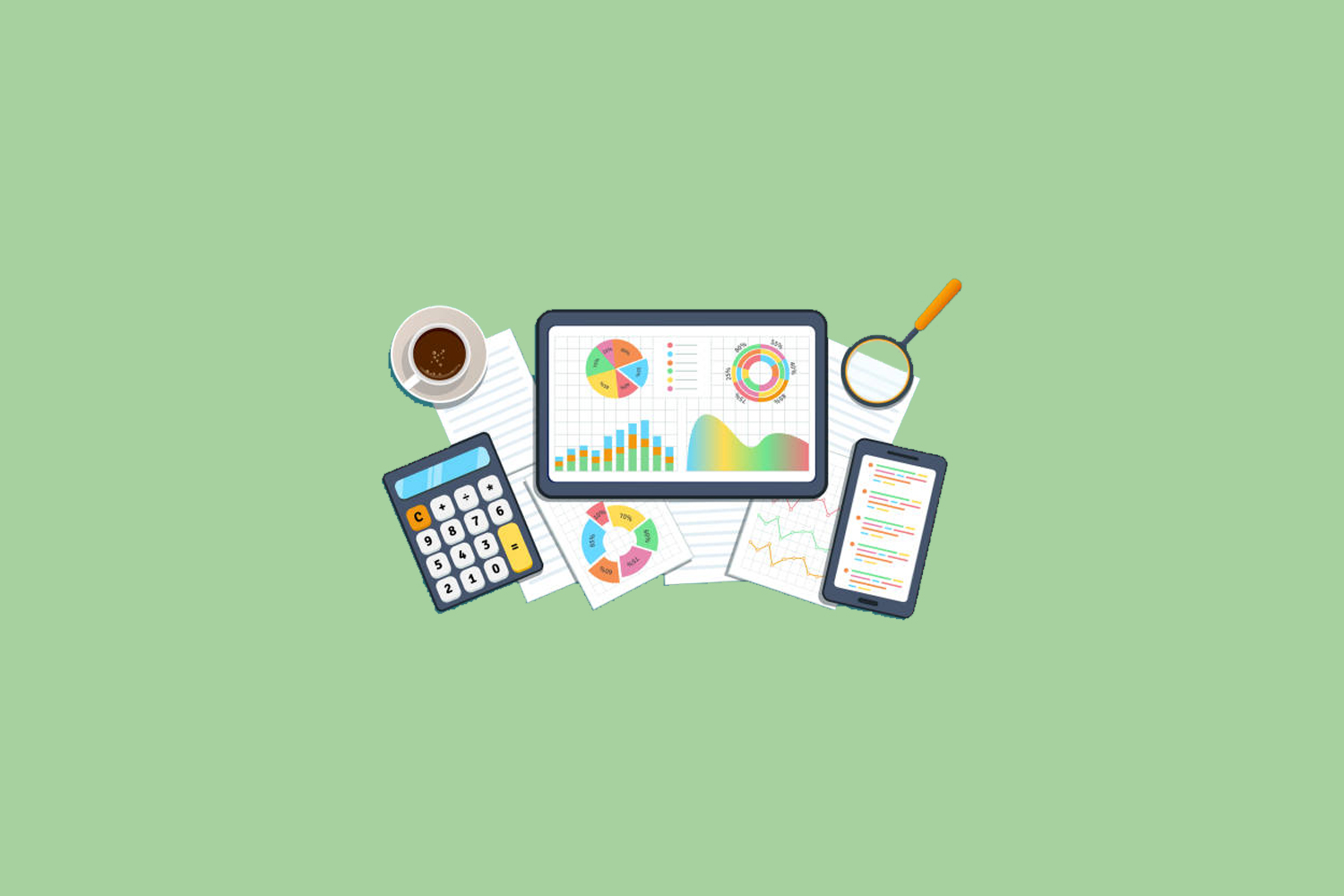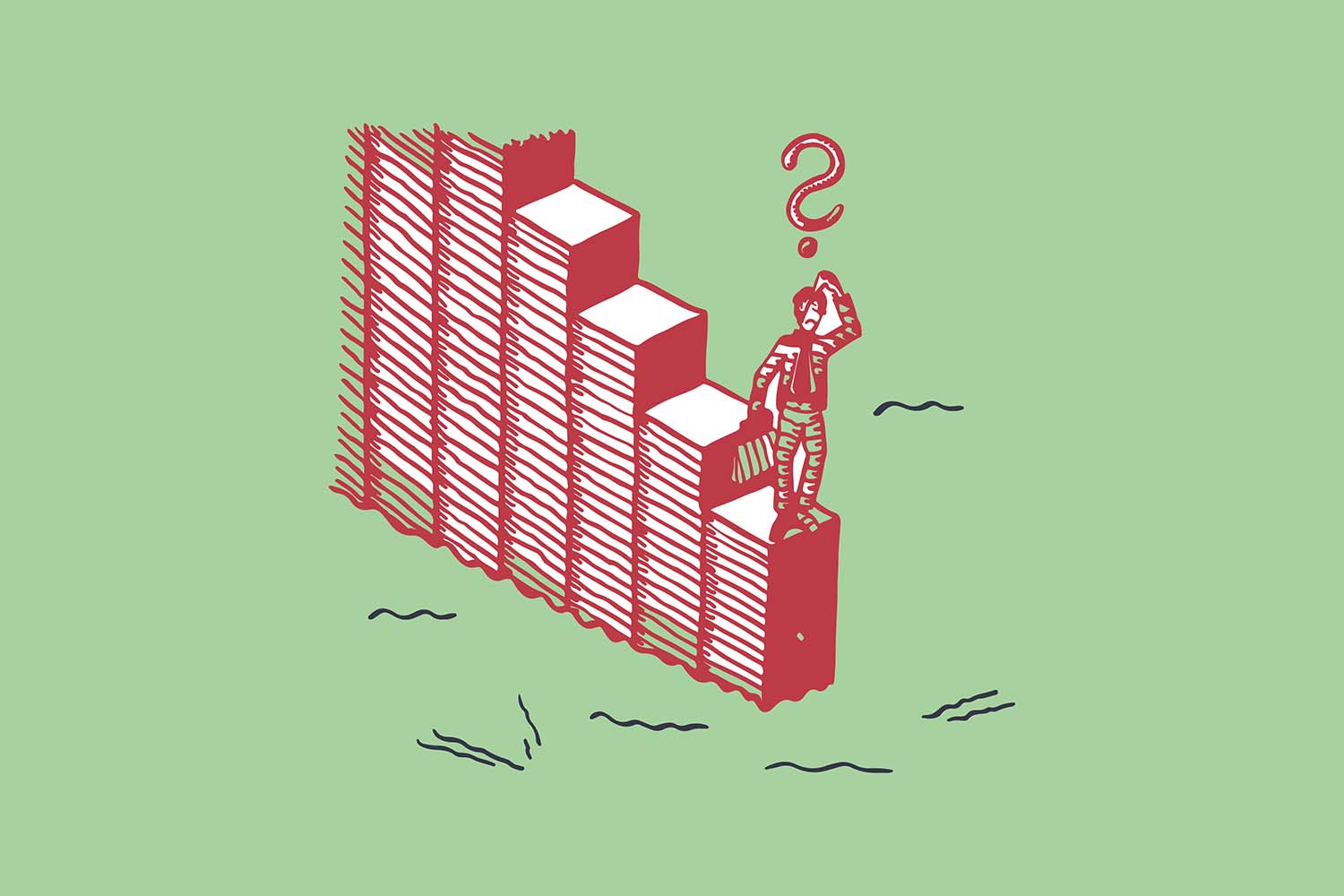The Story
On the 7th of October 2021, President Muhammadu Buhari presented the 2022 budget to the national assembly. At the presentation of the N16trillion budget, the president mentioned that Nigeria borrowed its way out of recession. He pinned the country’s quick exit from a recession to the government’s ability to spend its way out of the recession and most of the money spent was borrowed.
Why Do Governments Borrow?
Like individuals, governments borrow when generated revenue or expected revenue is lower than the required expenditure to keep the economy afloat. In situations like this, the government runs a budget deficit. A budget deficit implies planned expenditure exceeds income and the government must borrow to fund the excess.
Borrowing to fund budgets is not peculiar to Nigeria, countries around the world often borrow to fund their expenditure. The corona virus pandemic of 2020 disrupted revenue generation plans of countries, and so we saw an increase in government borrowings around the world to plug the revenue shortage.
How Do Governments Borrow?
Governments borrow through different means but most of government borrowings is done through issuing debt notes in the capital market. These debt notes are known as bonds and treasury bills. Bonds are long term debt notes, while treasury bills are short term notes.
Government borrowings can also be internal or external. When governments borrow from their local debt market, it is considered internal debt, when government seek funding from multilateral organizations or from foreign investors it is considered external debt. Usually, when borrowed funds are denominated in currencies different from the borrowing country’s currency, it is considered external debt. An example is the $4billion Nigeria recently raised through Eurobonds.
Can Government Borrowing Be Excessive?
Government borrowing can be excessive and there are ways and means of checking if the government is borrowing more than it can repay. The most popular measure is the debt to Gross Domestic Product (GDP) ratio. Debt to GDP ratio is the amount of debt a country has relative to it Gross Domestic Product (GDP). The benchmark for debt to GDP mostly is set at about 70%, meaning a country’s debt should not exceed 70% of its GDP. In Nigeria it is further broken down into external and internal debt, for external debt the limit is 49% and 30% is the benchmark debt to GDP ratio for internal debt. In the Euro area, maximum debt to GDP is set at 60%.
While countries like America and Japan have debt to GDP ratios higher that the suggested threshold (128% & 225% respectively as at end of 2020), there are no worries as to their ability to repay debt. Most of their debt is denominated in their local currency and monies borrowed are deployed to fund projects that will increase government revenue.
Local/internal debt is easier to pay off, worst case scenario, the government will print more money to pay back investors. Foreign currency debt require that government earn in foreign currency to pay back its foreign debt obligations.
Besides, these countries have good credit ratings that enable them borrow at relative cheap rates. This coupled with the fact that interest rates have been kept low in most developed economies has made debt servicing cheap. The US has a debt service to revenue ratio of 9%, Japan’s debt service ratio is 7.8%, for the UK, debt service ratio 9%.
Nigeria as at the end of 2020 had a debt to GDP ratio of 35% which is low when compared with other countries. But the problem with Nigeria’s debt profile is the use of borrowed funds and declining revenue. The bulk of Nigeria’s borrowing goes into funding recurrent expenditure. The country’s debt service to revenue ratio currently stands at 73%.
To fund its budget deficit and assuage the foreign exchange situation in the country, the Nigerian government recently raised $4bn via Eurobonds. The bond was oversubscribed despite the realities of the Nigerian economy.
In other climes, government borrow to fund infrastructural projects that would directly or indirectly increase government revenue and help with the repayment of borrowed funds. Continuous borrowing to fund recurrent expenditure in the face of declining revenue is the pathway to bankruptcy which would subject the country to the dictates of its lenders.
This we saw happen to Greece when it defaulted on its debt in 2010. Germany being Greece’s major lender championed austerity measures Greece for 7 years.
Budget of Economic Growth and Sustainability
In a joint session of the national assembly on the 7th of October 2021, President Buhari presented the proposed budget for 2022. The budget is tagged the Budget for Economic Growth and Sustainability. Here is a breakdown of the numbers:
Revenue projections for the year are based on the following:
Oil price benchmark of $57
Oil production projection of 1.88million barrels per day
Exchange rate of $410.15
GDP is expected to grow at a rate of 4.2%
Inflation rate of 13%
Based on these projections, total revenue available for the funding of the budget is N10.13trillion. 63% of this amount will be from grants and aid.
Though revenue projections seem conservative, they are not reflective of reality. As of July 2021, the government’s revenue projection for 2021 fell short by 49%. Total government revenue according to the President as of July 2021 was N4.1 trillion (N2.61trn from Government Owned Enterprises, N570bn from oil revenue and N964bn from non-oil tax revenues). Total projected revenue for 2021 was N8.1trillion.
Total planned expenditure for 2022 i.e., the budget for the year is N16.39trillion. This brings budget deficit to N6.26trillion. The deficit will be funded with privatization proceeds and other borrowings
33% of the budget is allocated to capital expenditure, 24% will be dedicated to debt obligations while recurrent expenditure will gulp 43% of the proposed budget.
Nigeria with the highest GDP in Africa has a revenue to GDP ratio of 8%, South Africa has a revenue to GDP ratio of 25%.
Bottomline is, Nigeria needs to ramp up revenue if it intends to keep borrowing. Government debt can become excessive when revenue keeps declining in the face of growing debt.
How Does Rising Government Debt Affect Investors?
Rising government debt typically pushes up interest rates as the government will need to raise rates to attract lenders. High interest rates make it expensive for corporates to borrow to fund short- and long-term projects hereby putting a cap on profit growth. Low corporate earnings are negative for the stock market and the economy at large.
The situation in Nigeria is unique. Despite the government’s need to borrow, it has been unable to significantly raise interest rate on its debt instruments given its limited revenue. The continuous devaluation of the Naira and low foreign exchange earnings make foreign debt expensive. The government in a bid to ramp up revenue will make efforts to increase tax revenue. Tax revenue in Nigeria is mainly from the formal sector, the informal sector which is a larger part of the economy is taxed in a way that the revenues collected cannot be accounted for. This implies corporates will continue to bear the brunt of the government’s tax drive.
The President at the budget presentation mentioned that government owned enterprises will be required to improve operational efficiency, revenue generation and accountability to improve government revenue. These implies businesses will have to keep up with the different regulatory fees that comes with operating in Nigeria. All these eats into corporate earnings and discourages investment in the economy.




